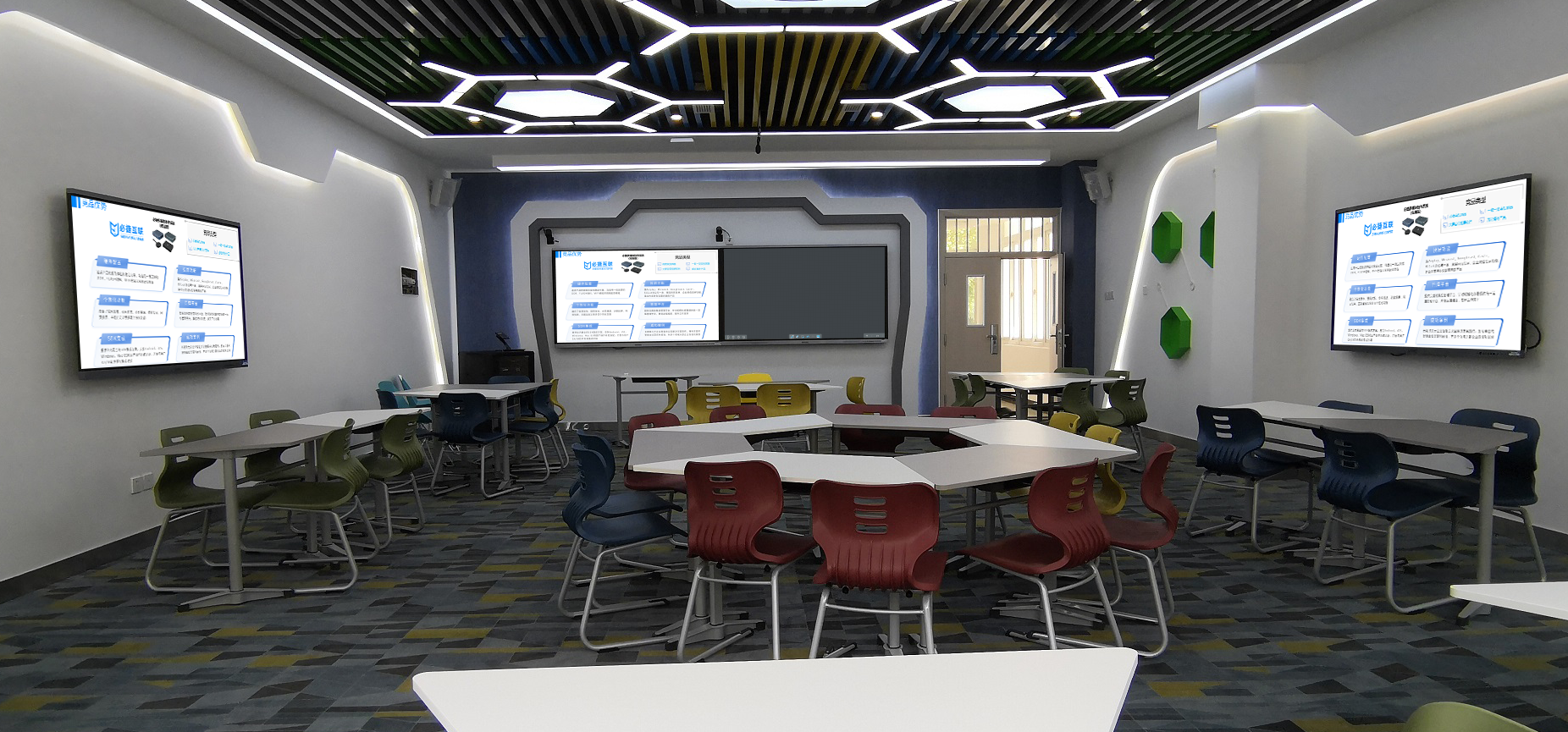Screen Mirroring Devices: Instant Connectors for Interactive Classrooms
The core of an interactive classroom lies in “real-time response and full participation”. With its low-threshold connectivity, screen mirroring devices have become a key link to connect teachers’ and students’ actions and activate classroom interaction, ensuring that every expression can be quickly transmitted and effectively echoed.
Real-Time Response: Smoother Interaction Rhythm
In traditional interaction, the delay between “presentation and feedback” often disrupts the classroom rhythm. However, screen mirroring devices achieve “zero lag” in interaction. In a Chinese class, as soon as the teacher raises the question of “character image analysis”, the key points sorted out by students on their tablets can be instantly mirrored to the screen; when the teacher casually circles key points, the revised traces are synchronously displayed on all terminals. During a science experiment demonstration, if students spot an abnormal phenomenon, they can immediately take a photo with their mobile phones and mirror it— the whole class instantly focuses on discussion without waiting for group reports. Interaction shifts from “proceeding in order” to “being triggered in real time”.
Scene Adaptation: More Flexible Interaction Forms
Interactive classroom scenarios are ever-changing, and the multi-mode adaptation of screen mirroring devices breaks through the limitations of interaction. In an outdoor observation class, close-up photos of plant leaves taken by students with mobile phones are transmitted back to the classroom’s large screen in real time via mirroring, allowing comparison and analysis with textbook illustrations. During an indoor group debate, both the pro and con sides synchronously mirror their argument points to the split screen, enabling the audience to clearly compare the logical reasoning of both sides. Even in an art class, the brushstroke changes of artworks created by students using drawing tablets are displayed in real time through mirroring, turning the creative process into interactive teaching resources.
Full Participation: More Equal Interaction Engagement
In the past, interaction was often limited to “active hand-raisers”, but screen mirroring devices make full participation possible. When the teacher asks a question, students can edit their answers on mobile phones and send them; the teacher selects different viewpoints to mirror and display, allowing introverted students to express themselves easily. In the “opinion confrontation” session of a history class, all students can mark their positions on their terminals at the same time. The heat map of opinion distribution generated by mirroring ensures that even minority views can be seen. This mechanism of non-discriminatory participation enables the interactive classroom to truly achieve “everyone has a voice”.
From controlling the rhythm of real-time response, to flexibly adapting to diverse scenarios, and then to empowering equal participation for all, screen mirroring devices use simple connection technology to make every communication in the interactive classroom more efficient and in-depth, becoming the core infrastructure supporting interactive teaching.
